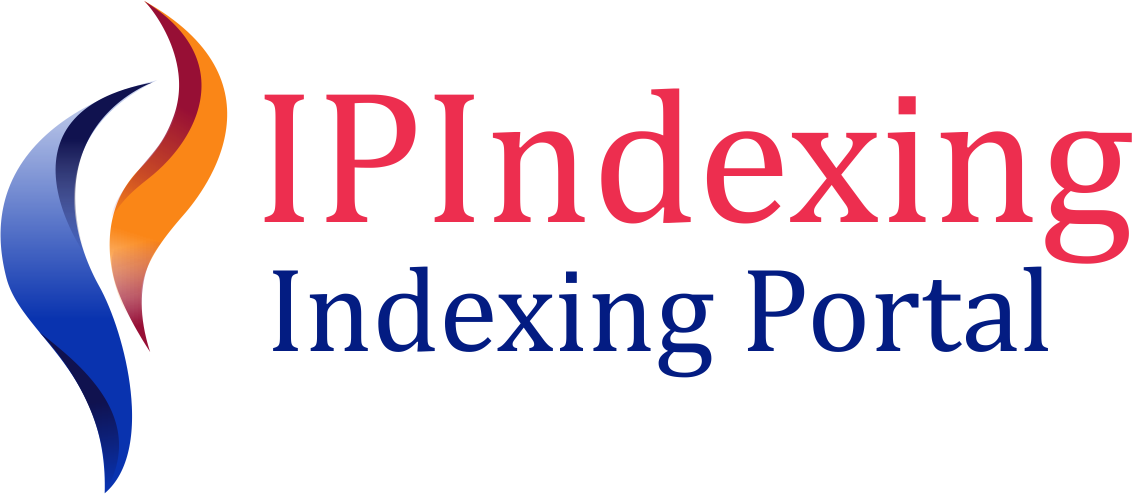A Novel Image Encryption Scheme Based on Orthogonal Vectors
DOI:
https://doi.org/10.71330/thenucleus.2015.652Abstract
Image is an important utility of daily life. Use of internet and transmission of digital media over insecure channel such as broadcasting and unicasting through satellite pose a threat to security. Therefore, a novel encryption scheme is proposed for color images with the ability to tolerate noise and JPEG compressed. The algorithm operates in two phases. First phase is a transposition cipher that transposes the position of each pixel. The second phase uses orthogonal vectors for further processing in frequency domain to produce the cipher image. The tri-color image is separated into three channels and at the end, fused to produce the RGB cipher image. Due to the use of orthogonal vectors, it develops tolerance towards compression and channel noise. Experimental test are performed on a reasonable dataset of images to prove cryptographic security. The recovered image is tested based on a performance metric of image quality. The cryptographic analysis and performance evaluation has shown tolerance to noise and compression with adequate cryptographic security.References
D. H. Brainard, D. G. Pelli and T. Robson, "Display
characterization", Encyclopedia of imaging science and
technology, pp. 172-188, 2002.
W. Stallings, ―Cryptography and network security: principles and
practice‖, Prentice Hall, 2010.
P. Manjunath and K. L. Sudha, "Chaos image encryption using
pixel shuffling", Computer Science & Information Technology
(CS & IT) CCSEA, pp. 169-179, 2011.
Y. Ming-yang, "Image encryption based on improved chaotic
sequences", Journal of Multimedia, vol. 8, no. 6, p. 802-808, 2013.
K. Quist-Aphetsi, "Image encryption based on the RGB PIXEL
transposition and shuffling", International Journal of Computer
Network and Information Security (IJCNIS), vol. 5, no. 7,p. 43-50,
R. Pratyaksha, "Chaos image encryption using transposition and
pixel shuffling", International Journal of Innovations in
Engineering and Technology, vol. 4, no. 4, p. 259-265, December
S.I. Shatheesh, P. Devaraj and R. S. Bhuvaneswaran,
"Transformed logistic block cipher scheme for image encryption",
Advances in Networks and Communications, Springer Berlin
Heidelberg, pp. 70-78, 2011.
H. Jun, Z. Li, and H. Qian, "Cryptography based on spatiotemporal
chaos system and multiple maps", Journal of Software, vol. 5, no.
, pp.421-428, 2010.
H. S. Kwok and K. T. Wallace, "A fast image encryption system
based on chaotic maps with finite precision representation", Chaos,
Solitons & Fractals,vol. 32, no.4, pp.1518-1529, 2007.
N. Moni and A. Shamir, "Visual cryptography", Advances in
Cryptology—EUROCRYPT94. Springer Berlin Heidelberg, 1995.
Shahed, A. Maytham, "Wavelet based fast technique for images
encryption", Basrah Journal of Science, vol. 25, no. 2, pp. 126-141,
T. Sara and Nijad Al-Najdawi, "Lossless image cryptography
algorithm based on discrete cosine transform", International Arab
Journal of Information Technology, vol. 9, no. 5, pp.471-478,
L. Sang-Su et al., "Visual cryptography based on an
interferometric encryption technique", ETRI Journal, vol. 24,
no. 5, pp. 373-380, 2002.
C.E.Shannon, ―Communication theory of secrecy systems‖ Bell
System Technical Journal, vol. 28, no.4, pp. 656-715, 1949.
Welstead and T. Stephen, ―Fractal and wavelet image compression
techniques‖ Bellingham, WA: SPIE Optical Engineering Press,
T. Nikolaos, V. Boulgouris and M. G. Strintzis, "Optimized
transmission of JPEG2000 streams over wireless channels", IEEE
Transactions on Image Processing, vol. 15, no.1 pp. 54-67, 2006.
Downloads
Published
How to Cite
Issue
Section
License
For all articles published in The Nucleus, copyright is retained by the authors. Articles are licensed under an open access licence [CC Attribution 4.0] meaning that anyone may download and read the paper for free. In addition, the article may be reused and quoted provided that the original published version is cited properly.



